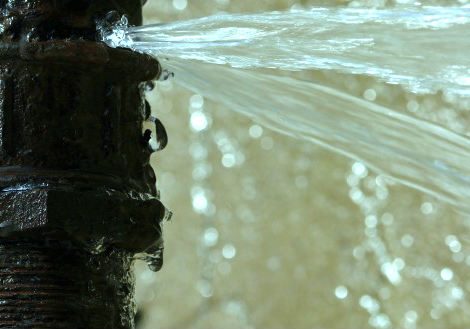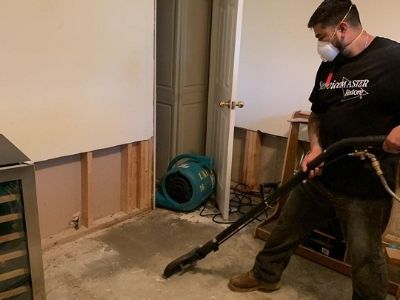Are you currently searching for resources around Flushing Food Down the Toilet??

Introduction
Lots of people are often confronted with the dilemma of what to do with food waste, particularly when it pertains to leftovers or scraps. One typical concern that develops is whether it's fine to purge food down the commode. In this write-up, we'll look into the reasons that people could think about flushing food, the repercussions of doing so, and alternative techniques for appropriate disposal.
Reasons that people might take into consideration purging food
Absence of understanding
Some people might not recognize the possible damage caused by flushing food down the toilet. They might mistakenly think that it's a safe method.
Benefit
Purging food down the toilet may feel like a quick and very easy solution to dealing with undesirable scraps, particularly when there's no close-by garbage can readily available.
Laziness
Sometimes, people might merely choose to flush food out of large negligence, without thinking about the consequences of their actions.
Repercussions of flushing food down the bathroom
Ecological effect
Food waste that ends up in waterways can add to air pollution and damage water ecosystems. In addition, the water made use of to purge food can stress water resources.
Pipes concerns
Purging food can bring about clogged pipes and drains, creating pricey pipes repairs and aggravations.
Types of food that ought to not be flushed
Coarse foods
Foods with coarse structures such as celery or corn husks can get tangled in pipes and trigger blockages.
Starchy foods
Starchy foods like pasta and rice can soak up water and swell, leading to obstructions in pipes.
Oils and fats
Greasy foods like bacon or food preparation oils need to never ever be purged down the bathroom as they can solidify and create clogs.
Correct disposal methods for food waste
Making use of a garbage disposal
For homes geared up with garbage disposals, food scraps can be ground up and flushed via the plumbing system. However, not all foods are suitable for disposal in this way.
Recycling
Specific food packaging materials can be reused, minimizing waste and reducing ecological influence.
Composting
Composting is an environmentally friendly method to take care of food waste. Organic materials can be composted and made use of to enrich dirt for gardening.
The importance of appropriate waste monitoring
Minimizing ecological injury
Correct waste administration practices, such as composting and recycling, aid minimize air pollution and protect natural resources for future generations.
Safeguarding plumbing systems
By staying clear of the practice of flushing food down the commode, home owners can avoid expensive plumbing repair work and keep the stability of their plumbing systems.
Final thought
Finally, while it may be tempting to flush food down the commode for comfort, it's important to comprehend the potential effects of this activity. By adopting appropriate waste monitoring practices and disposing of food waste sensibly, people can contribute to healthier pipes systems and a cleaner environment for all.
THINK TWICE BEFORE FLUSHING FOOD DOWN YOUR TOILET IN FALLBROOK CA
Let’s be honest, we’re really supposed to be tossing rotten or leftover food in the compost bin or trash can. But many people like to place scraps of food down the drain of, say, their kitchen sink. That’s why the garbage disposal was invented: so we can continue to place certain foods down the drain without clogging our drain in the process. Smart.
But not all of us have the luxury of having a garbage disposal installed. So, you might continue to shove food down your sink drain anyway – or worse: you might flush them down your toilet! If you’re guilty of doing the latter, you’re going to want to stop, and here’s why:
Toilet Drains Aren’t Designed to Handle Food!
There’s your answer: food just doesn’t belong in your toilet. It may seem like your toilet drain is wider than the drains of your sinks, but truth be told, that isn’t actually the case. The narrower pipes of your toilet leave your plumbing at risk for clogging if you do happen to flush your food. In addition, food doesn’t break down as quickly that toilet paper and human waste do. In turn, this leaves your toilet at risk for a nasty clog.
Although a flush of a tiny pinch of food every now and then isn’t going to completely damage your toilet, there are certain foods that should absolutely not be flushed in your toilet at all. These include starchy foods like mashed potatoes, grains, hard pieces of food that are slow to break down, and fats and oils.
The latter categories of food are particularly problematic as they may harden, expand as they absorb water, break down slowly in your system, or generally create the perfect obstruction with their gelatinous composition. These are all things you don’t want in your plumbing system!
Experiencing a Toilet Clog?
Nobody’s perfect, and we all make mistakes. Sometimes one of the mistakes people make is flushing food down their toilet and later realizing that it wasn’t the best thing to do once they see that their toilet is now clogged. Uh-oh!

As a keen reader about Flushing Food Down the Toilet?, I think sharing that article post was a good thing. Are you aware of another individual who is looking into the topic? Why not share it. We treasure your readership.
Call Today

